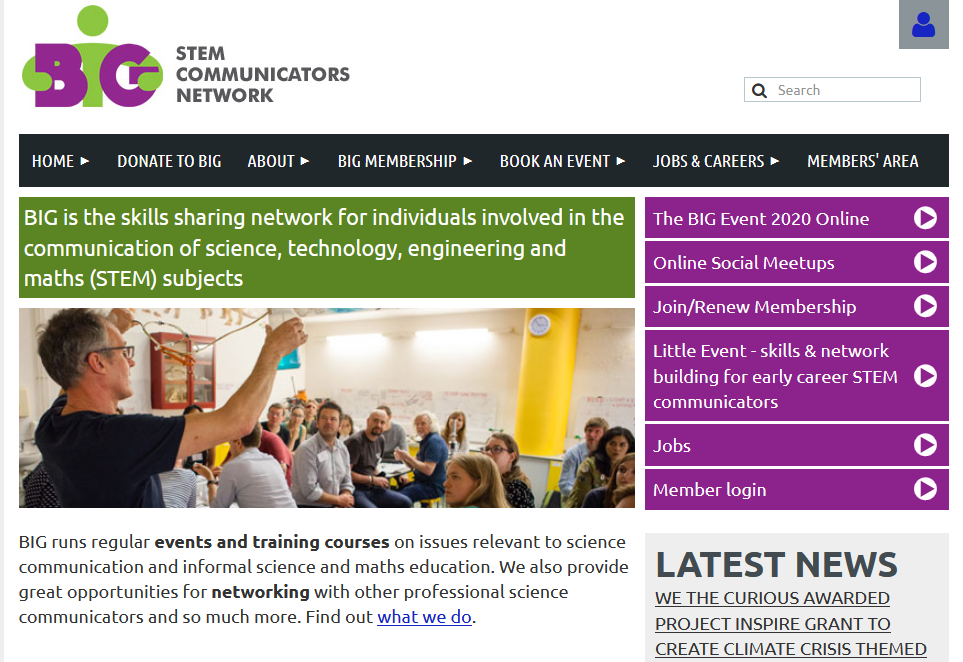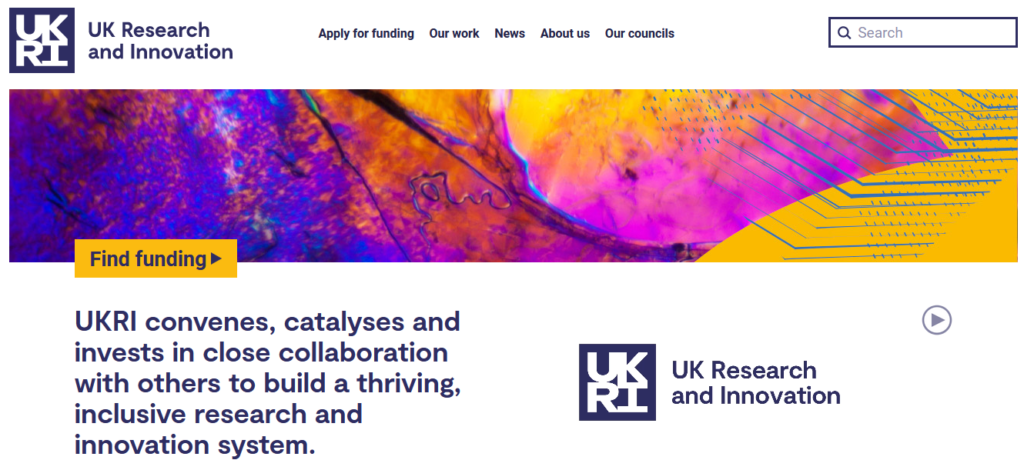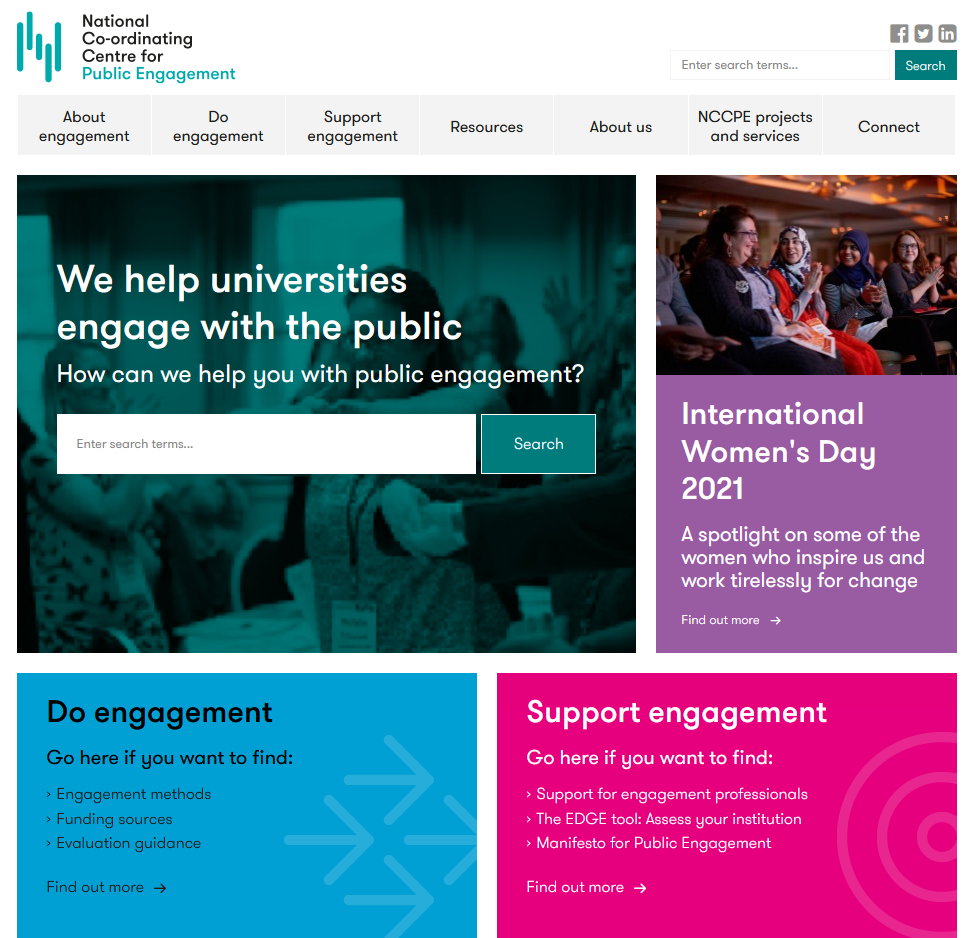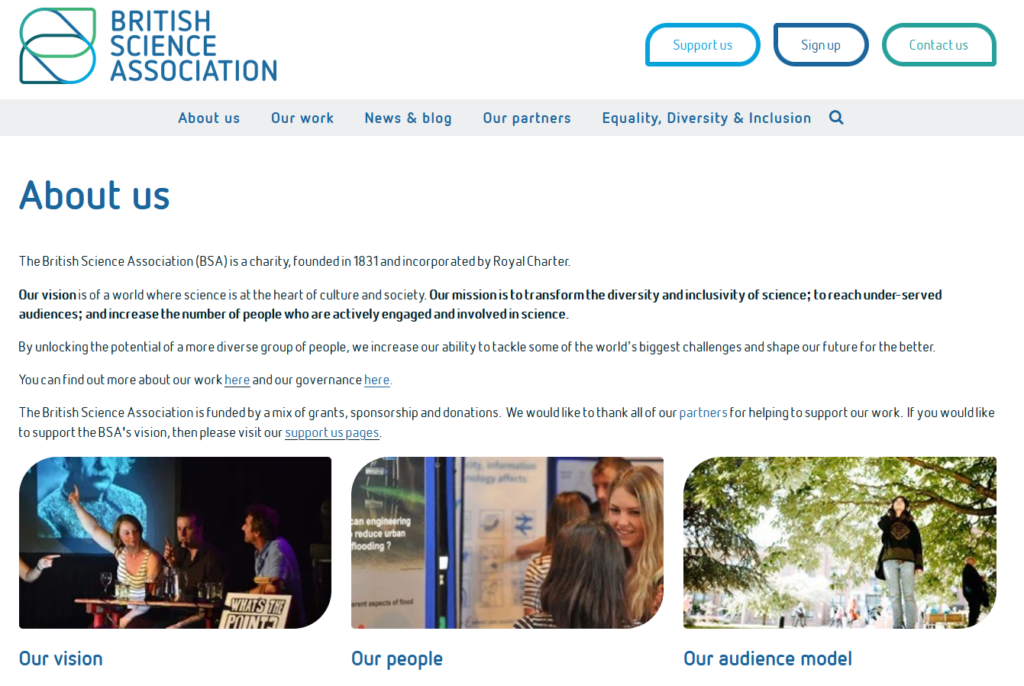Briefly analysed
In the UK Public Engagement and SciComm are more closely linked than in Germany. This has a long tradition dating back to the 19th century. UK scientists like to show their research to the general public – often on their own initiative. The universities provide little support. That’s why there are numerous organizations that advocate for more Public Engagement at universities, offer them help in implementing it, and promote exchange among scientists as well as dialog with the general public.
Public Engagement It is always worthwhile to think outside the box. Especially when it comes to discover new things. We at grasshopper kreativ can’t get enough inspiration about SciComm, which is why we are interested in the English-speaking scene as well as the German-speaking one.
This article focuses the UK. SciComm there is much more about dialogue than in Germany. Among scientists, it is popular to present their research to a broad audience. Public Engagement is an integral part of SciComm. There are some organizations that support research institutions. It would be nice if Germany could be more inspired by the UK.
The communication of science has a long tradition in the Anglo-Saxon world. Early on scientists start disseminating their research to the public. The physicist Michael Faraday in the 19th century is particularly outstanding. He invests a lot of time and money in his Christmas lectures. He does not address an academic audience, explicitly to everyone – children, young people as well as adults.
SciComm Shows on YouTube
The christmas lectures still exist today at the Royal Institution of Great Britain. Over the years, it has developed into a TV show. There are also more and more SciComm shows on YouTube. The oldest and largest science channels come from the English-speaking world. Individual scientists use this format to communicate their research. The selection is large – from natural sciences to psychology to linguistics. For example, there is “AsapScience,” “Scishow,” and “Draw Curosity.” “Two Minute Papers” present scientific publications in a short and crisp way.
Anglo-Saxon science communication evolved from a deficit model in which scientists try to fill knowledge gaps in the public to a model with two-way dialogue between experts (researchers) and non-experts (the public). First, science was made understandable. Now the public engages with science and technology.
Organizations support universities in public engagement
The public has to continue engaging with SciComm. So Public Engagement is important. There is no other way to bring scientific knowledge to the public. The language in journal articles is far too abstract and complex for non-experts. No one in the general public reads such articles.
Layman-friendly science communication is necessary. In the Anglo-Saxon world, there are already many communicating scientists. Most of them communicate on their own initiative. Universities do not support researchers enough in communication – just as in Germany. There are numerous organizations in the UK that take on this task. The UK is well positioned here and we in Germany can learn a lot.
With NAWIK and Wissenschaft im Dialog – Sciene in Dialogue, we also have organizations that support scientists in their communication. However, the UK is much more about Public Engagement, exchange within the community and networking. Selected organizations and their special features are briefly presented below.

BIG STEM Communications Network
- network for science communicators within the STEM field
- organisation of events and courses

UK Research and Innovation
- support researchers in Public Engagement
- organisation of citizen science projects
- community co-design in which research is developed by mebers of the target audience
- funding for impemantation of research projects, co-designed with the public

Manchester Metropolitan University
- offer platforms for exchange within the SciComm community
- Public Engagement from talks in pubs to lectures

National Co-ordinating Centre for Public Engagement
- support universites to engage in Public Engagement
- inpiration for universities
- platform for networking

British Science Association
- vision: science in the center of culture and society
- want to change diversity and exclusivity of science
- increase the number of people actively involved in science with projects and programs
The selection of organizations shows that public engagement is viewed holistically in the UK. Science is seen as a part of the population. Universities are supported as well as events and programs outside the university environment. If SciComm, then it is in such a way that everyone gets something out of it.
Networking and exchange between scientists is still important along with Public Engagement. It helps to make communication better. In my opinion, the exchange between scientists and the population is particularly interesting and should be increasingly applied in Germany. The fact that people from society can have a say in research inspires confidence. By getting to know scientific processes, people understand science.
More organizations based on the UK model are needed in Germany
Support from organizations is needed. In Germany, there should be more organizations based on the UK model. As long as universities still invest too little in Public Engagement, organizations are needed for this. Even if science eventually runs strong SciComm by itself, non-university institutions are necessary. They are often closer to the people and see where SciComm is needed because they are outside the science bubble. A look from outside is worthwhile – for more inspiration and better science communication!
